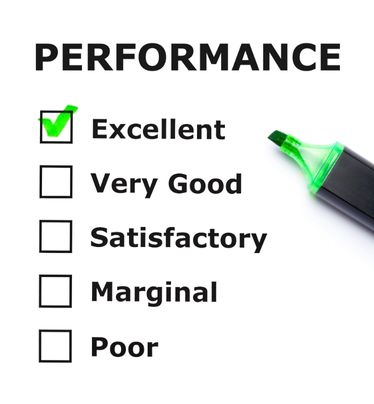Rough Running Engine Causes Forced Landing (How far away is death?)

Shortly after takeoff, the Pioneer 300R aircraft developed a rough running engine and suffered a reduction in engine power.
Due to a rough running engine, the Pioneer 300 aircraft was unable to maintain height to allow a return to the airfield and, subsequently, the pilot was forced to land in a field during which the aircraft was extensively damaged. The incident occurred at Ludlum Airfield, Norfolk, in June 19, 2022.
The pilot had recently refueled the aircraft with E10 Mogas, which the LAA does not approve for use on their Permit to Fly aircraft.
After a normal takeoff, at a height of 300 ft., the engine started rough running with a reduction in engine power.
The pilot turned left directly downwind with the intention of landing back at the airfield. He adjusted the throttle and applied carburetor heat but there was no discernible effect on the engine. After selecting landing gear down and first stage of flap, the pilot commenced a turn onto final. The pilot realized that he would not be able to complete the turn and landed the aircraft in a field approximately 30 miles short of the runway threshold.
Among the damage of the aircraft was a twisted wing box, damaged engine mounting, propeller, landing gear and left wing.
While the aircraft was extensively damaged, the pilot and passenger were uninjured.
AAIB comment: The pilot commented that vapour lock or carburettor icing may have been factors in the aircraft’s rough running engine. He was aware of the LAA limitation on the use of E10 Mogas, but decided to mitigate the effects of E10 Mogas by mixing it with Avgas which he believed was an acceptable practice.
Content source: AAIB (Air Accidents Investigation Branch), “AAIB investigation to Pioneer 300, G-LEAH,” where you may view the AAIB report in full.
TapRooT® – Changing the Way the World Solves Problems
For over 30 years, we’ve developed and improved a powerful root cause analysis system supported by effective training and the patented TapRooT® Software. Industry leaders use the TapRooT® System to improve safety, human performance, equipment reliability, and quality by investigating precursor incidents before major accidents happen.

Register for a TapRooT® Root Cause Analysis Training Course
TapRooT® Training can fill up fast!
TapRooT® is global to meet your needs. Please see our full selection of courses.
If you would like us to teach a course at your workplace, please reach out to discuss what we can do for you, or call us at 865.539.2139.



